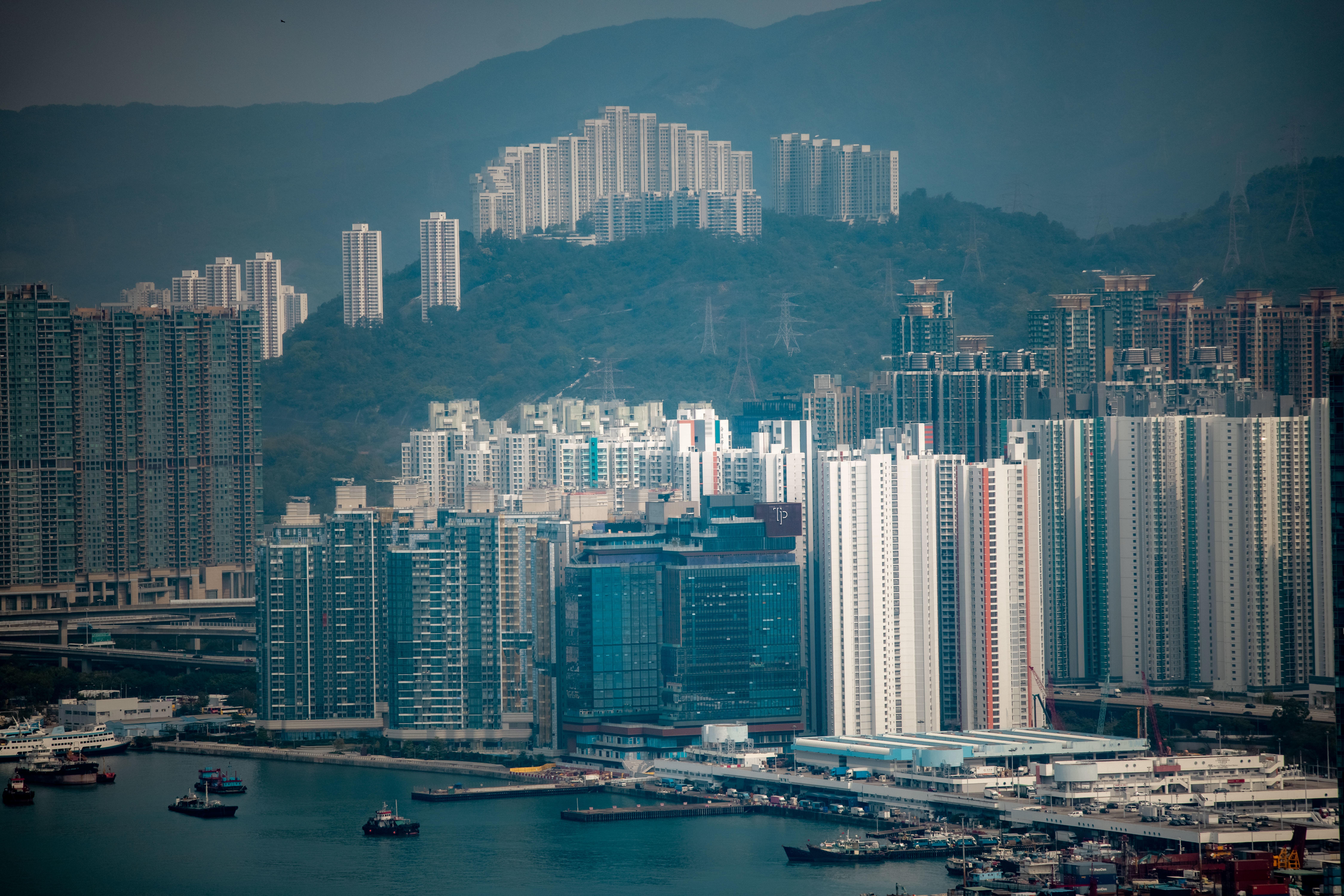 A general view of residential buildings in West Kowloon District, Hong Kong, China, on April 11,2023. (ANDY CHONG / CHINA DAILY)
A general view of residential buildings in West Kowloon District, Hong Kong, China, on April 11,2023. (ANDY CHONG / CHINA DAILY)
HONG KONG - The Environmental Protection Department warned the public to take precautions as the Air Quality Health Index (AQHI) showed that air pollution in some areas of the city reached “serious” levels on Wednesday afternoon.
The AQHI showed that monitoring stations in Central, Yuen Long, Tuen Mun, and Southern detected “Serious” health risk levels as of 3 pm due to higher than normal air pollution.
The health risk level was “Very High” in Kwun Tong, Sham Shui Po, Kwai Chung, Tsuen Wan, Tseung Kwan O, Tung Chung, Tai Po, North, Tap Mun, Causeway Bay and Mong Kok
The health risk level was “Very High” in Kwun Tong, Sham Shui Po, Kwai Chung, Tsuen Wan, Tseung Kwan O, Tung Chung, Tai Po, North, Tap Mun, Causeway Bay and Mong Kok, according to the index.
“Under the influence of the outer subsiding air of Super Typhoon Doksuri, the weather in Hong Kong today is mainly fine and extremely hot. Light wind is unfavorable for pollutant dispersion,” the EPD said in a statement.
It said the intense sunshine enhances photochemical smog activity leading to rapid formation of ozone and fine particulates in the Pearl River Delta region.
The high ozone level also promotes the formation of nitrogen dioxide, the department said, adding that it expected the air quality in Hong Kong to improve with stormy weather forecast on Friday.
With a health risk category in the "Very High" range or above, children, the elderly and persons with heart or respiratory illnesses are advised to reduce or avoid physical exertion and outdoor activities, the EPD said.
ALSO READ: HK sees improved air quality in 2022
The Hong Kong Observatory earlier this month said the city saw temperatures rise above normal levels for the sixth consecutive month in June, making the first half of the year “abnormally warm.”
Extreme heatwaves have also swept across North America and Europe this month, which scientists blamed on human-induced climate change.
To fight climate change, Hong Kong has already cut its per capita carbon emissions from 6.2 tons in 2014 to 4.5 tons in 2020, and endeavors continue to achieve a target of 2 to 3 tons in 2035 and net-zero in 2050.


